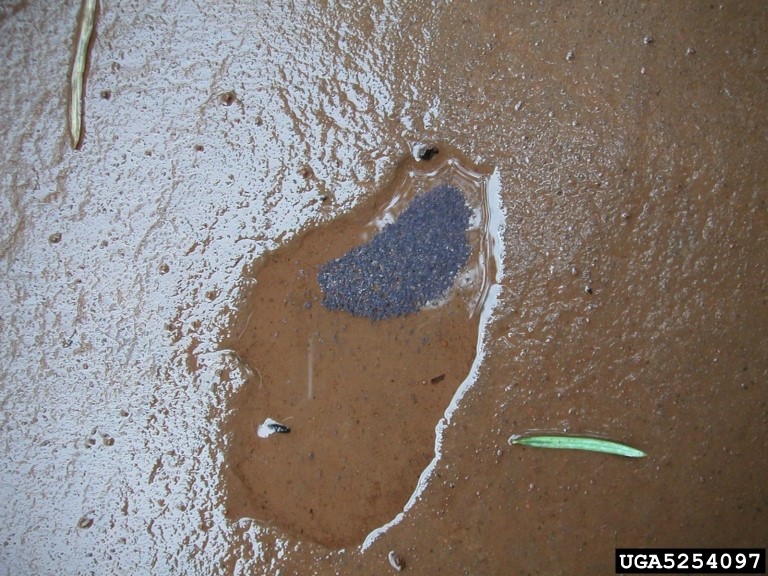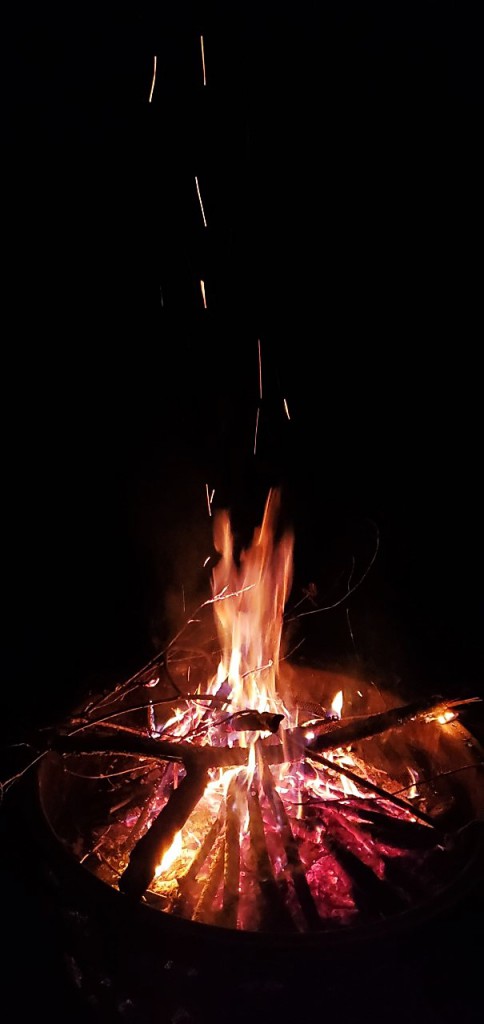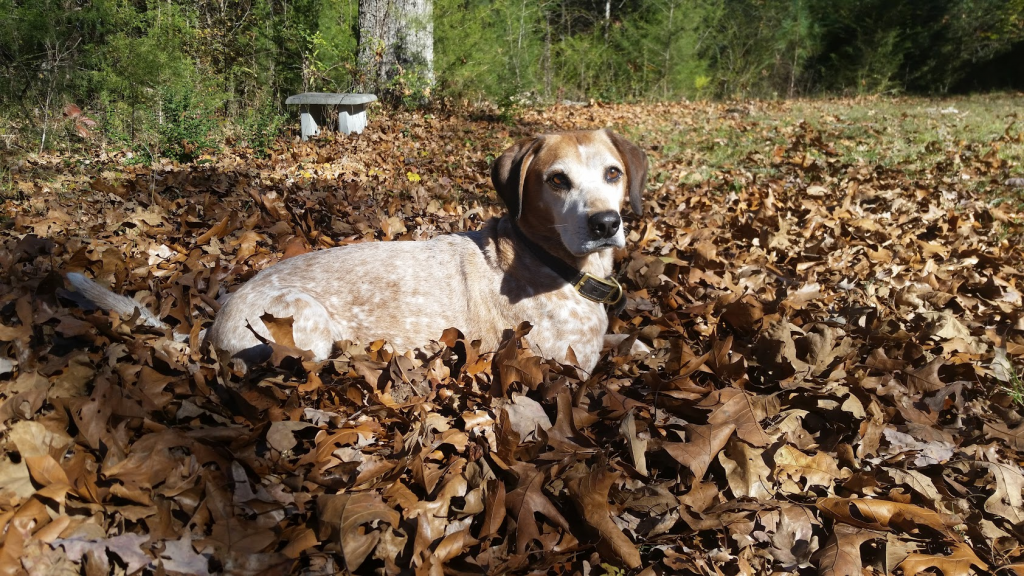Lawns
-

The New Year has started out with some intriguing client questions, with a number of them involving calls and emails from folks who have found tiny insects by the thousands covering their driveways, sidewalks, and carports. At first glance many people assume the colored mass is some type of mold or fungal growth; however, when…
-

Each winter in North Georgia, plumes of smoke scatter across the mountains, indicating that families are home enjoying a roaring fire in their fireplaces or wood-burning stove. Whether these fires are used as a source of heat or for enjoyment, once the flames die down, a pile of wood ash remains. University of Georgia Cooperative…
-

Over the past couple weeks, the signs of winter’s arrival are becoming more obvious. December has brought us some colder weather, and the same leaves that provided us with a bright, autumn display have now turned brown and are falling off the trees. Vegetable gardens are starting to look a bit worse for wear and…
-
Over the past few weeks I’ve been getting quite a few calls about what homeowners need to do to either establish or spruce up existing tall fescue lawns. If your lawn isn’t as lush as you’d like it to be, and you’ve been considering sowing some seed, this article is for you. As with many…
Posted in: Lawns -

Georgia farmers are never surprised to see fall armyworms munching on their stands of corn, sorghum and forage hay crops – they just hope for a low number of armyworms. UGA Extension Entomologist, Will Hudson, describes fall armyworms as the “larval or caterpillar stage of a nondescript, small gray moth which overwinters in Florida and…
-

With the recent dry weather encouraging the use, and possible overuse, of irrigation systems coupled with rainfall and humidity, I have had several pictures and questions about a jelly-like substance growing in the turf. The jelly-like “stuff” is a Nostoc algae, a genus of cyanobacterium formerly classified as blue-green algae. It has multiple common names like star jelly,…